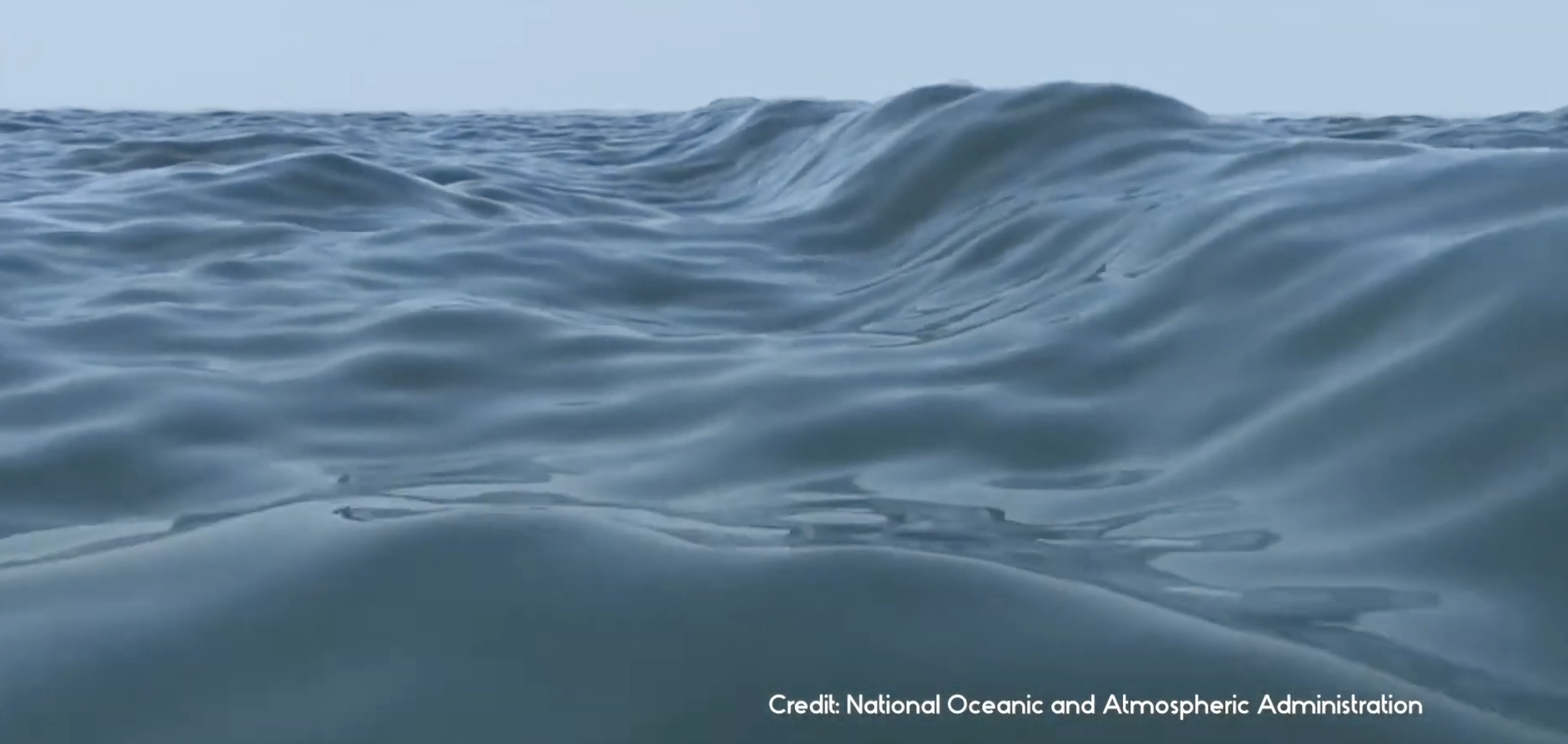Surprising Science!
Mathematics Series:
Space-filling Curves and Their Applications
Modelling Epidemics with Networks
Mathematics of Tsunamis
Space-filling Curves and Their Applications

Prof Vincent Tan describes the concept of a space-filling curve, which is a strange mathematical oddity. Cantor showed that the set of points on the unit interval [0,1] has the same cardinality as that of the unit square [0,1]2. Can we construct a continuous curve that maps from the unit interval onto the unit square? Prof Tan shows through an elementary construction of such a fractal that this is indeed possible. He also discusses some real-life applications of fractals in finance.
Prof Vincent Tan
Department of Mathematics

Prof Tan received his B.A. and M.Eng. degrees in Electrical and Information Sciences from Cambridge University in 2005, and his Ph.D. degree in Electrical Engineering and Computer Science from the Massachusetts Institute of Technology in 2011. His research interests include machine learning and statistical inference. He has won several awards for his research and teaching. Prof Tan is also Dean’s Chair Associate Professor at NUS’ Department of Electrical and Computer Engineering and NUS’ Department of Mathematics.
Modelling Epidemics with Networks

In curbing the spread of an infectious disease, the traditional focus is in understanding the disease itself and how the human body fights against infection. Dr Ng Kah Loon explains how mathematics surprisingly lends a helping hand in modelling the structure of the community in which the disease is spreading. Mathematical quantities, like the degree of clustering in a network, can provide insights to guide intervention strategies like quarantines and vaccinations.
Dr Ng Kah Loon
Department of Mathematics

Dr Ng received his Ph.D. in Mathematics from NUS. His research interest is in the application of graph theory to other areas outside mathematics. Dr Ng is a recipient of many teaching awards at the Faculty and University levels. Dr Ng is also Assistant Dean in the Faculty of Science’s Undergraduate Studies section.
Mathematics of Tsunamis

By using satellite radar ranging, it will be possible in the near future to detect disturbances on the surface of the ocean, anywhere on Earth. This will be extremely useful if it can be applied to detect tsunamis when they are still far from shore. Then there may be time to warn coastal populations, potentially saving tens of thousands of lives. Mathematical modelling of tsunamis allows us to predict the exact shape of the wave, given its speed. By correlating the shape and the speed, it may be possible to distinguish tsunamis from all of the other waves on the surface of the ocean, and so detect them.
Prof Brett McInnes
Department of Mathematics

Prof Brett McInnes received his B.Sc.from University of Queensland, and his M.Sc. and Ph.D. from University of Sydney. Prof McInnes conducts research in mathematical physics, specifically in string theory, black hole theory, and their applications to nuclear physics, and has published nearly 100 scientific papers on those and other subjects. He is interested in teaching applications of mathematics to a wide range of problems in general relativity, mathematical biology, and many other topics.
